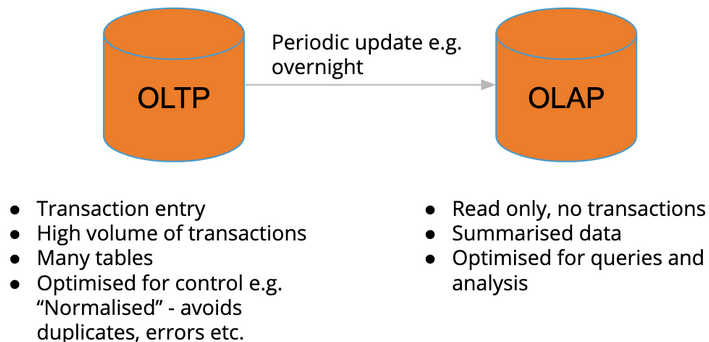SAP has a large portfolio of applications. For main ERP system, SAP has 6 major version with significant improvement every decade as shown below.

R/1

SAP was founded by a few ex-IBM employees in the early 1970s. SAP first system was called Real-time Financials (RF) and later renamed into R/1. SAPs product strategy consists of three main concepts:
- Standardization for ‘of the shelf system solution’ which most companies at that time build system from scratch while SAP build a system that can be applied for many companies with minor adjustment
- Real-time information avalaible within the system
- Data integration across multi functional area in the sytem which eliminated repeating data entry for company transaction
R/1 is 1-tier architecture in which three layers Presentation, Application, and Database are installed in one system/server
(1st Server – Presentation + Application + Database)
What exactly does real-time integration mean?
In a manufacturing company, raw materials converted to finished products and finished products are sold and shipped to a customer. This Supply chain process involves procurement, warehousing, manufacturing, finance, sales, etc. Take example of receiving raw material from supplier, it involves Warehouse and Finance to entry transaction separately. But with ERP, user only need one data entry for this transaction and the data visible for warehouse and Finance department. Illustration as described below:

Before ERP More effort for data entry for warehouse and finance. Copy of transaction may given to finance from warehouse at end of day or at certain time period which resulting data not up to date or aligned.
With ERP Warehousing update inventory and accounting are updated automatically in real-time. ERP has a integrated connection between tables that keep information in sync for different functions and teams. This shows value of ERP systems and why they became so popular. Complexity between processes and data across the entire enterprise are handled by ERP. From example above, the same logic could be applied across sales, marketing, production etc.
R/2
Moving onto 1979 R/2 was released.
 The switch from R/1 to R/2 was a small changes with increases in the core functionality as SAP target to increase their customer base.
The switch from R/1 to R/2 was a small changes with increases in the core functionality as SAP target to increase their customer base.
R/2 is mainframe version of SAP ERP and it is 2 tier architecture in which three layers Presentation, Application, and Database are installed in two separate servers.
(1st Server – Presentation, 2nd Server – Application + Database)
R/3
Moving onto the 90s and R/3.

R/2 to R/3 was significant shift with several major changes:
- R/3 is a client/server system while R/1 and R/2 are mainframe systems. It bring more benefits as below:
- Better ‘graphical user interface’ on desktops
- Cost efficient, easier to scale, and more flexible set up the server-side
- R/3 through the 90s has significant expansion in the business processes covered.
R/3 is 3-tier architecture in which three layers Presentation, Application, and database are installed in three server/system
(1st Server – Presentation, 2nd Server – Application, 3rd Server – Database)
R/2 and R/3 are very different systems. From R/2 to R/3 (switching from Non SAP system to R/3), user need to extract and transform data before loading to R/3 and also need to map all processes.
R/3 consider scale and globalisation.
Mainframe systems (R/1 or R/2) were typically implemented for a single country or business unit while R/3 capable of handling company business across region or world.
R/3 was evolving year by year as a complex and integrated system which being used in large organisations on a global scale.
R/2 User Interface
R/2 has a very simple interface where function keys and codes are used to navigate between fields
R/3 User Interface
R/3 more user friendly includes menus, tabs, buttons, ‘help lookups’ etc
Functional areas covered by R3
Some of module examples in R/3:
- FI – finance
- Record periodic accruals.
- CO – controlling
- Record / view expenditure against a department
- SD – sales and distribution.
- Record a sales order for a sale to a client
- PP – production planning.
- Plan a production schedule
- HR – human resources
- Pay employees.
mySAP.com and ERP

Advancement of R/3 point to mySAP.com and also known ECC ERP. The advancement focus on:
- The rise of web technologies and SAP need to be able to connect to B2B or B2C via the internet.
mySAP.com is a brand and various integration technologies were available.
- Incorporate a number of ‘add on’ products for data analysis;
- Acquisition of and integration of niche competitor software into the SAP ecosystem.
R/3 are optimised as systems to record data but not optimised to analyse data. On late 90s, business warehouse system (BW) started to emerge into the market and it built to analyse data. Company can use ERP to record data and perform simple real-time reporting but BW is used for complex analysis.
During this period, niche software providers started growing, particularly in areas such as data analytics. SAP acquired some leading competitors to improve areas where their applications were weaker, such as:
- Analytics, planning & reporting – e.g. Outlooksoft, Business Objects
- User experience & process execution in niche process areas – e.g. SuccessFactors, Concur, Ariba.
With the addition of business warehouse to SAP ecosystem, SAP solution considered no longer a real-time integrated architecture.
As a result, it leads to SAP necessity to provide interfacing and master data management between ERP and BW solution.
At this time, SAP still in transition phase of SAP ERP.
Business suite

During the 2000s, SAP still improving R/3 functionality to cover more business area by launching a number of additional applications to provide more advanced capabilities in certain areas. SAP started bundling as a package which is called as “business suite”. Core components of business suite as follow:
- ERP (enterprise resource planning):
- Evolution of R/3 – the core of business suite including financials, human capital management, operations, corporate services etc.
- CRM (customer relationship management):
- Sales, marketing, and service.
- SCM (supply chain management):
- Procurement networks, production networks, distribution networks, planning, organisation and execution of supply processes.
- PLM (product lifecycle management):
- Product ideation to production.
- SRM (supplier relationship management):
- Procurement for materials, goods and services. Requirements determination to ordering to payment.

S/4HANA

Prior to HANA released, SAP ERP positioning as described below:
- ERP core keep evolving as the increasing in the volume and complexity of processes covered;
- Multiple industry-specific solutions made available;
- Requirements for many geographies also included ;
- Applications for recording transactions (OLTP) and applications for information analysis (OLAP) are differentiated so real-time integration was not present across the entire range of applications;
- SAP product portfolio grew in numbers, due to multiple new products being developed by SAP and some by software company acquisitions;
- Great advancements in standards and approach to integration and web technologies over the years.

OLTP – online transaction processing (e.g. R/3)
OLAP – online analytical processing (e.g. BW)
In 2010s, SAP focus on reducing the complexity of the core product, while continuing to advance by adopting new technologies. HANA plays great role in reducing complexity and enable real-time integration to include analytics capabilities.
S/4HANA stands for “SAP business suite 4 SAP HANA” and it has a collection of number application which enhance for functionality also technical upgrade. Therefore as a business suite or simply called bundling application, company need to decide their scope and objectives of implementing S/4HANA as some of the applications are optional.
